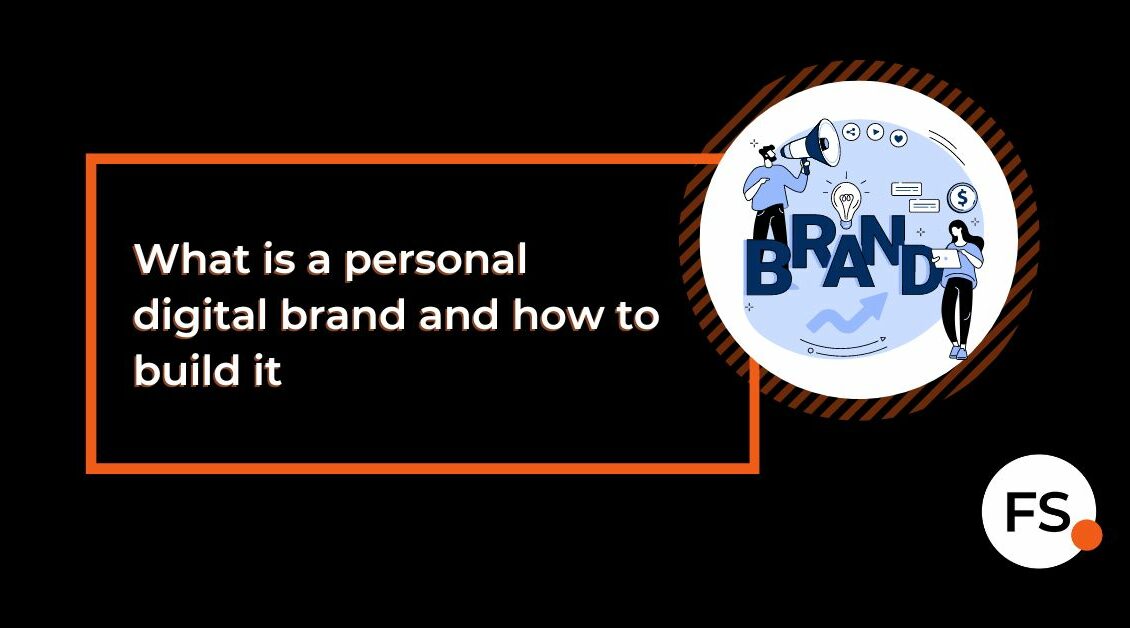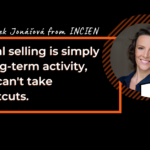
A personal digital brand is a profile that strangers make about us from the information found on the Internet and, from our communications on social networks.
We follow people’s profiles on social media on a daily basis and also search them on Google to learn more about them. But, have you ever tried to do the same with yourself? Try to open your browser in anonymous mode and enter your name. What happened? Which pages jumped out in the first instance, What photos did you see and, what did you read about yourself? If you take good care of your digital brand, you should be satisfied. But for many people, this could be an unpleasant surprise!
Why building a personal brand is important for professionals and entrepreneurs
Everyone who works with the Internet should take care of their digital image (this is similar to taking care of our appearance on a daily basis). The information on the Internet is a good servant but can be a bad master. They can help us get a job or make a deal, but they can also harm us.
Approaching responsibly, and with a clear plan for your digital brand, pays twice as much for entrepreneurs and business professionals whose name is part of the product they offer or, is a product in itself (tradesmen, specialists, lecturers, small businesses, start-ups, etc.).
People prefer to buy from people they know, who are sympathetic to them and whom they trust. Today, the Internet is almost always the first place people go when they want to know more about you. You probably know this from your own experience when you wanted to buy something and you were looking for references or product information.
6 steps to build your own digital brand
1. Keep your house in order
Enter your name on Google and look for any inappropriate information. You can easily delete them on all profiles to which you have access. If the information appears on pages you don’t have access to, ask your administrator to edit it. Browse your social media profiles and delete anything you don’t want to share publicly. Set up your account protection correctly (who can see your profile, etc.).
2. Define your target group and keywords.
There is no point in targeting the entire internet. Whether you are a large business owner, a student looking for a job after school, or you have a start-up and want to expand into a foreign market, you need to correctly define the group you will target on social networks. Otherwise, you will not get the suitable results you want.
The definition of keywords is right behind the target group. Keywords are words, phrases, or whole sentences that people enter into a search engine when they want to find a product or service. Keywords should appear on your profile, posts, and social media articles.
3. Identify the channels you will use to build your personal brand.
It is ideal to determine a few channels through which you will present yourself externally. You don’t have to be active everywhere – it’s not the quantity that matters, but the quality. Your own blog and profile on LinkedIn is best suited for B2B business communication. However, it always depends on the product you offer, its price, business model, target group, and length of the sales cycle.
4. Tune your social profile.
Tune your profile on LinkedIn (or other social networks) to the smallest detail. Present yourself as an expert and professional in your field. Don’t forget the graphic page of the profile, which will help you make a good impression.
Detailed instructions on how to edit your profile can be found in this article.
5. Choose your topic.
You will only stand out from the competition on the Internet if you offer the target group a topic that is relevant to them and they have an interest in (content with added value for their business, career, etc.). When choosing, take into account your own experience and knowledge and focus on your own business. The key is to offer the audience part of their know-how.
For example, in our posts and articles, we focus on the topic we know best: sales and marketing through LinkedIn.
6. Be consistent in your communication
In the long run, The winner is the one who broadcasts a clear message on a long-term and regular basis. Forget first failures and move on. Success doesn’t always come right away.






